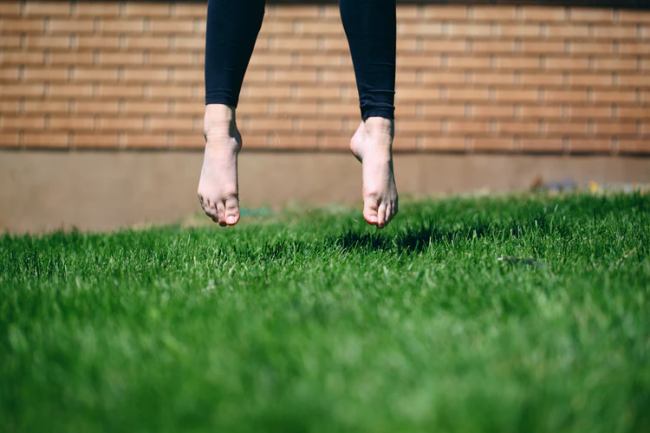Image: Unsplash
A well-kept lawn is a beautiful thing to look at. It adds value to your home and makes it look very put together. It’s a great place to host social gatherings and fun times with your family. If you’re new to this whole lawn care thing, it can feel like a full-time job just keeping your landscape healthy.
Regular lawn care and maintenance is essential if you want to achieve that gorgeous healthy looking yard. Caring for it should not feel like a chore if you arm yourself with some know-how, and the right information.
MOWING
Mowing your lawn too short can damage grass and may allow weeds to take root. It also causes the soil and grass roots to dry out faster during warm weather. In spring, grass will grow faster, so you have to mow more frequently as overgrowth makes it susceptible to lawn disease. Keep the grass a bit taller to keep it healthy. A good rule of thumb is to not cut off more than a third of the grass blade. Get more info on mowing here.
WATERING
Plants need water; this is obvious. But the question is how often should you grab your garden hose and water your lawn? Maximize your watering efficiency to have the maximum benefits. Watering in the early morning allows the moisture to really seep through to the roots before the sun rises and warms up your lawn. Watering at night could bog down the roots and you could end up with soggy soil. There are certain months that watering is needed than most. It’s advised to water regularly in July, about three times a week.
FERTILIZING
Feeding your lawn is important. Nutrients like nitrogen, phosphorous, potassium, and iron help to produce strong roots and healthy new growth. Timing is everything when doing fertilization treatments. Fertilize during the growing seasons, namely in the fall and spring. Test the soil pH to make sure you are using the right kind of fertilizer. To ensure even spread of the fertilizer, use a calibrated spray nozzle. It’s important to note though, too much nitrogen on your lawn can burn it. Read the label and follow the instructions to a T.
WEEDING
Lawn care also means dealing unsightly weeds. Without proper weed control, you may notice aggressive weeds pop up, such as thatch, crabgrass and dandelion. They can do some serious damage if left alone. In early spring, apply a pre-emergent herbicide to your lawn to prevent weed growth before it takes hold. Did you know mulch can also help keep soil healthy and help weed control? You should give it a try. Looking out for weeds and keeping them out will make you enjoy your lawn even more.
AERATION AND SEEDING
Sometimes routine lawn maintenance isn’t enough to maintain the upkeep of your lawn. Lawn aeration allows soil and grass roots to get and store needed oxygen, water, and fertilizer after the wear and tear of use. This is especially useful if you notice brown patches or bald spots. Aeration gives your grass breathing space and increases its nutrient intake. For this, it’s best to hire a landscaping contractor to get the job done right.
Keeping your lawn healthy all year round can be challenging if you have little time to set aside for caring for it. You can always call in the professionals to help you achieve a beautiful yard. https://www.treeserviceremoval.com/tree-trimming-near-me/.
Whether you do it your self or hire professionals, make sure to take the time to enjoy your yard too!








